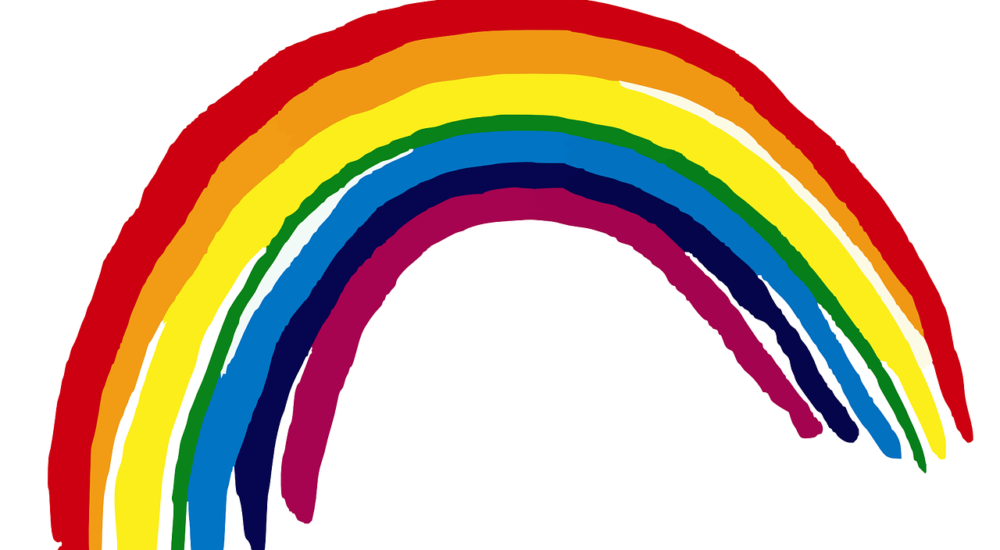We have all shared this experience of navigating the impacts of the COVID-19 global pandemic. Tough decisions were made to close schools and community facilities. Parents and educators are learning to operate in a new virtual space. Layoffs have been made. There is new federal and state legislation to help communities cope.
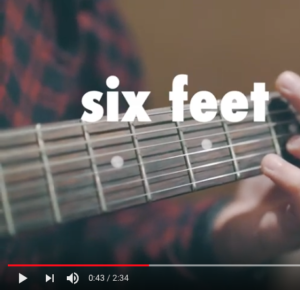
Youth and mentors from The David’s Harp Foundation wrote and recorded “6 Feet” in response to COVID-19 mitigation efforts.
Through this all, our communities have seen tremendous creation from young artists, theatre-makers, musicians, and dancers. Spoken word performances on social media and virtual publications of poetry and short stories abound. The everyday artist has found their place on social media. Our communities, young people, families, and neighborhoods have clung to the arts to bring a sense of togetherness in a time of physical distance; we share creative experiences to combat the anxiety and isolation in our day to day lives.
For many programs in the United States – whether community-based cultural program, arts education initiative within a Boys & Girls Club, or other arts and culture institutions – this type of artistic pedagogy is normal practice. There are over 5,000 creative youth development programs around the nation. So far, the data has shown that the arts and culture sector is one of the hardest hit nationally, which means that our young creatives are facing tremendous challenges.
In a recent blog, Dennie Palmer Wolf issued a call to leaders of educational programs for youth that utilize the arts:
We must make deliberate youth-centered choices right this minute. Young people are not an afterthought, they are all the future that the arts and culture have.
Her point is that now, particularly during a time of crisis, we can’t put organizational bottom lines and capacity above the needs of the young people we serve; they must, instead, come first.
#KeepMakingArt
For the past few weeks, Creative Generation (full disclosure: I run this organization!) has led a visibility campaign called #KeepMakingArt. In response to these rapid changes and worldwide uncertainty, this global movement (with over 200 partners on all six continents) has spurred into action in order to spark joy, inspire action, and bring togetherness.
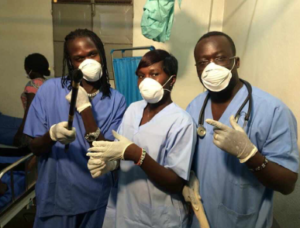
Artists W.J the King, Neetah and McLomex during video shoot of their Corona Virus awareness song
The goal of the campaign is simple: Inspire and support youth, educators & artists, parents, and organizations to keep making art despite the tremendous circumstances we are facing.
We have seen tremendous results from around the world. In South Sudan, a group of young people have taken on the task of educating rural communities about COVID-19 avoidance through rap songs in native languages. Similarly, in San Diego, a group of young musicians and their mentors produced a music video about social distancing amid shelter-in-place orders.
There has also been a herculean effort to support teaching artists – those who act as both artists and educators when working with youth. This blog was published as a conversation between the heads of the two service organizations for TAs, cataloguing resources for their continued work. And this piece articulates how community arts organizations have shifted their models to meet students where they are at – to continue creating together.
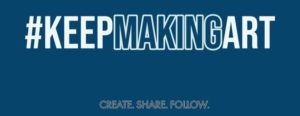 Through this campaign, you and your organization can learn how to make youth-centered choices in order to best support the next generation of young creatives.
Through this campaign, you and your organization can learn how to make youth-centered choices in order to best support the next generation of young creatives.
The #KeepMakingArt campaign will continue for the rest of April, and beyond, through social media. Check out the hashtag or visit this website for the full toolkit on how to participate (also available in Arabic, French, Mandarin, and Portuguese. Organizations and individuals can register to participate here.
Changes to Funding
In the last few weeks, if you are like me, you may have felt inundated with information about money. New funds from the government, tax deferrals, GoFundMe campaigns, and the like. It feels like too much.
However, this effort to shift the money going to community-based and arts and cultural programs is a good thing.
At the start of March, we received a request from a small group of funders to help them best understand how they could respond to the rapidly changing needs of community arts education organizations. So, we put a Fast Response Survey in the field. Here is what we learned:
- Funders should think about shifting available funding to benefit the most financially vulnerable members of the arts education community: teaching artists, independent contractors, and freelance educators and artists by providing direct-to-individual, one-time grants, and broadening the structures and criteria for grants which support – financially and through wraparound services – their ability to fill their unique role in the ecosystem.
- Funders should pivot to address immediate needs of individuals and organizations, including increased funding; adapting services, pedagogy, and educational techniques for digital learning; managing changing finances and budgeting; and developing and implementing organizational continuity plans.
And, hey, guess what? We saw these items actually come to fruition. More and more public and private funders are removing project deadlines and allowing for organizations to transition funds to general operating support. Teaching artists and other contract educators are being paid to fulfill their contracts even if they may look drastically different (or not exist at all). And lastly, funders are engaging with their communities in new ways: providing hands-on technical support, embedded learning, and self-care.
Where Do We Go From Here?
I can imagine that in a few months, or maybe sometime next year, we will say to ourselves, “Whew, we made it through that time…and I never want to look back!” Well, I am here to issue you a challenge: Let’s not forget this time. Instead, let’s think about what we can learn.
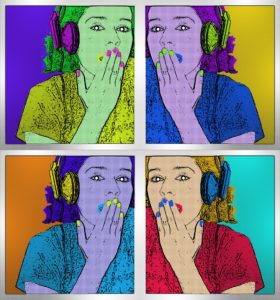 I want our field – the out-of-school time, education, arts/culture, youth development, whatever – to work together to identify, document, and amplify the rapid innovations occurring as a result of the COVID-19 pandemic. My hope is that we can spur ourselves and our peers into action and ensure that what we learn in this moment informs how we act in the future.
I want our field – the out-of-school time, education, arts/culture, youth development, whatever – to work together to identify, document, and amplify the rapid innovations occurring as a result of the COVID-19 pandemic. My hope is that we can spur ourselves and our peers into action and ensure that what we learn in this moment informs how we act in the future.
In the final phase of the #KeepMakingArt campaign (and the undertone of the research we conducted), we are working to accomplish that goal and encourage you all to think for the future. We believe that the field can’t afford to lose what it is learning about equity, belonging, new forms of teaching and learning, as well as the vulnerabilities of staff and young creatives in times of crisis.
In fact, it is our belief that the young creatives – who are producing songs in San Diego and South Sudan, creating new bonds with their families through art, and inspiring neighborhoods to socially bond while being physically distant – are our greatest hope to prevent another global crisis like the one we are in. If we invest in these young creatives now (and the organizations and infrastructures which support them), then I can only imagine the possibilities for our world in the future.
For breakfast, I had coffee.
Author: @jeffpoulin
